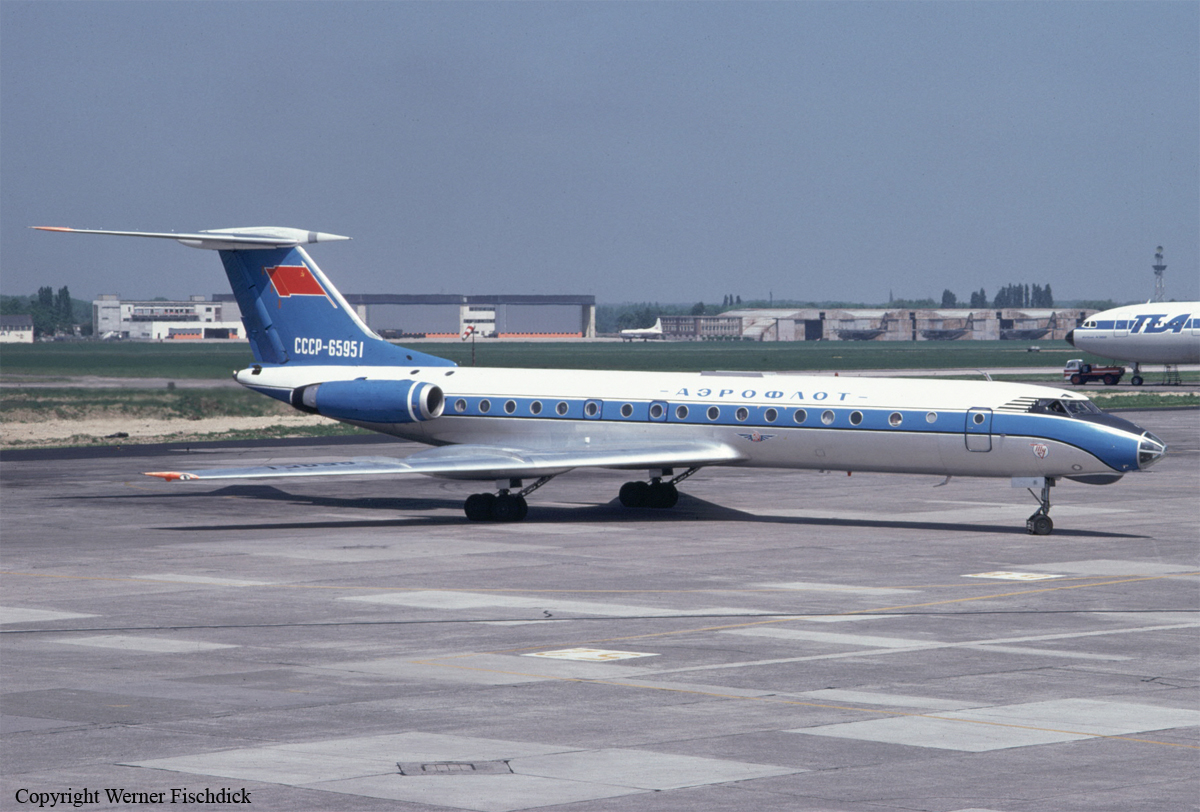Crash of a PZL-Mielec AN-2R in Amgu
Date & Time:
Feb 24, 1990
Registration:
CCCP-33544
Survivors:
Yes
MSN:
1G229-36
YOM:
1988
Crew on board:
0
Crew fatalities:
Pax on board:
0
Pax fatalities:
Other fatalities:
Total fatalities:
0
Circumstances:
After touchdown, the single engine aircraft went out of control, veered off runway and came to rest. There were no casualties.






